March 5th 2025 10:26:27 AM
3 Ways to Improve Supply Chain Management – Part 2: RFID Tags
June 12th 2018 15:00:00 PM
Last month, we talked about the importance of an effective track and trace method for supply chain management and we covered one of today’s most cutting-edge solutions: NFC technology This month we’re continuing the series with a detailed post that explains all the pros and cons of another high-tech solution called RFID tagging.
If you’ve been curious about the many options you have for accurate, efficient warehouse tracking that can increase your speed and streamline your warehouse operations, enjoy this article, which is Part 2 of the series on warehouse scanning methods. Keep a look out for Part 3, coming next month.
Can’t wait until next month to hear more? Contact Scanco online or at (330) 645-9959 to get personalized answers to your detailed supply chain management questions.
RFID Tags
RFID, or “radio frequency identification” tags are tracking devices composed of a small antenna, a microchip, and sometimes a battery. With the ability to hold larger amounts of data than a one-dimensional barcode, RFID can provide an extremely accurate picture of your inventory’s numbers and locations with very little labor required.
- What Is It?
Though RFID is often used for retail security, it’s probably easiest to understand warehouse uses of RFID tags if you think about your electronic toll device that lets you drive through toll collection booths without stopping. Here in Florida, we call those little highway transponders the “SunPass,” but your state may call them the I-Pass, the K-Pass, the ePass, or something else similarly creative. These devices transmit an electronic signal that can be read at large distances and higher speeds, so the state can easily track the location of your car and process your toll payment.
In your warehouse, the faster pace and simpler tracking method of RFID tagging leads to greater efficiency when moving goods into, around, and out of your facility. If you imagine your warehouse goods as cars moving along the tollway, you’d have the right idea.
Also, just like with the toll payment collection process, your RFID system can trigger actions and provide up-to-the-minute tracking data for moving goods. When set up properly, this information flows directly into your ERP, so you always have a real-time picture of your inventory everywhere in your warehouse.
- How Does It Work?
Warehouses use RFID tags to send data over long distances, up to 100 meters. The process is pretty simple: an antenna on the RFID tag is powered by an electromagnetic signal from the scanner, and then, once powered, the RFID tag transmits radio data back to the scanner and the scanner interprets the radio data and transforms it into real-time, ERP-readable data that makes sense to you.
There are three types of RFID, each of which work slightly differently.
- Active RFID
This is the most expensive type of RFID tag, but it’s also the one that transmits the furthest; it can transmit from 100 meters away. In a passive RFID tag, the scanner’s power activates the tag and collects the information, but for active RFID tags, the antenna needs its own power, so it can transmit further. An included battery helps it accomplish this, but the battery increases costs and makes your tag bulkier.
- Semi-Passive RFID
The semi-passive RFID also has an onboard battery, but it’s not quite as large because it doesn’t have to transmit such long distances and can be partially powered by the RFID scanner. Since this type of tag doesn’t have to have such an impressive battery, it costs less and can be more convenient for businesses.
- Fully Passive RFID
Fully passive RFID is the least expensive of all the RFID options because it has no battery, but it’s also the least powerful. Relying entirely on scanner power, these tags have the lowest range for readability (less than 20 feet), but they’re often the best fit for large-scale operations due to their low costs and low maintenance needs.
Why Are Warehouses Choosing It?
Speed and convenience are the name of the game with RFID tags. Because it’s a microchip with an antenna, it can be read no matter what position it’s in, and it can also be read at high speeds. You don’t need line of sight to read the RFID tag, so you can keep your tag hidden away inside your product or packaging – even if you damage the packaging or product, you’ll probably be able to read the RFID tag just fine.
Because RFID tags don’t require a direct “point-and-scan” or “tap-and-scan” method that can be influenced by human error, you can also use RFID to reduce miscounts in your warehouse. With this technology, you’ll know the exact number of your inventory items at any given time, and you can trust that that number is correct (no matter how much coffee your workers have had that day).
However, RFID does have some drawbacks. It can be expensive to install and use when compared to traditional barcode methods, and it’s also nearly impossible to secure because the data can’t be encrypted.
Find Your Best-Fit Supply Chain Management Tools with Scanco
Effective supply chain management requires accuracy and dedication on your part, but the speed of today’s modern warehouses makes it hard to ensure that your inventory counts are correct at all times. RFID tags can help you improve your counts and potentially eliminate miscounts—while also improving your timelines—but, this technology may be beyond the reach of some smaller distribution operations.
That’s why Scanco offers a wide range of today’s leading tech for warehouse tracking and supply chain management. If you’d like expert advice and assistance choosing the right solutions for your specific needs, Scanco is here to help.
Contact Scanco online or at (330) 645-9959 to learn more about your many options for scanning software in your warehouse and beyond.













